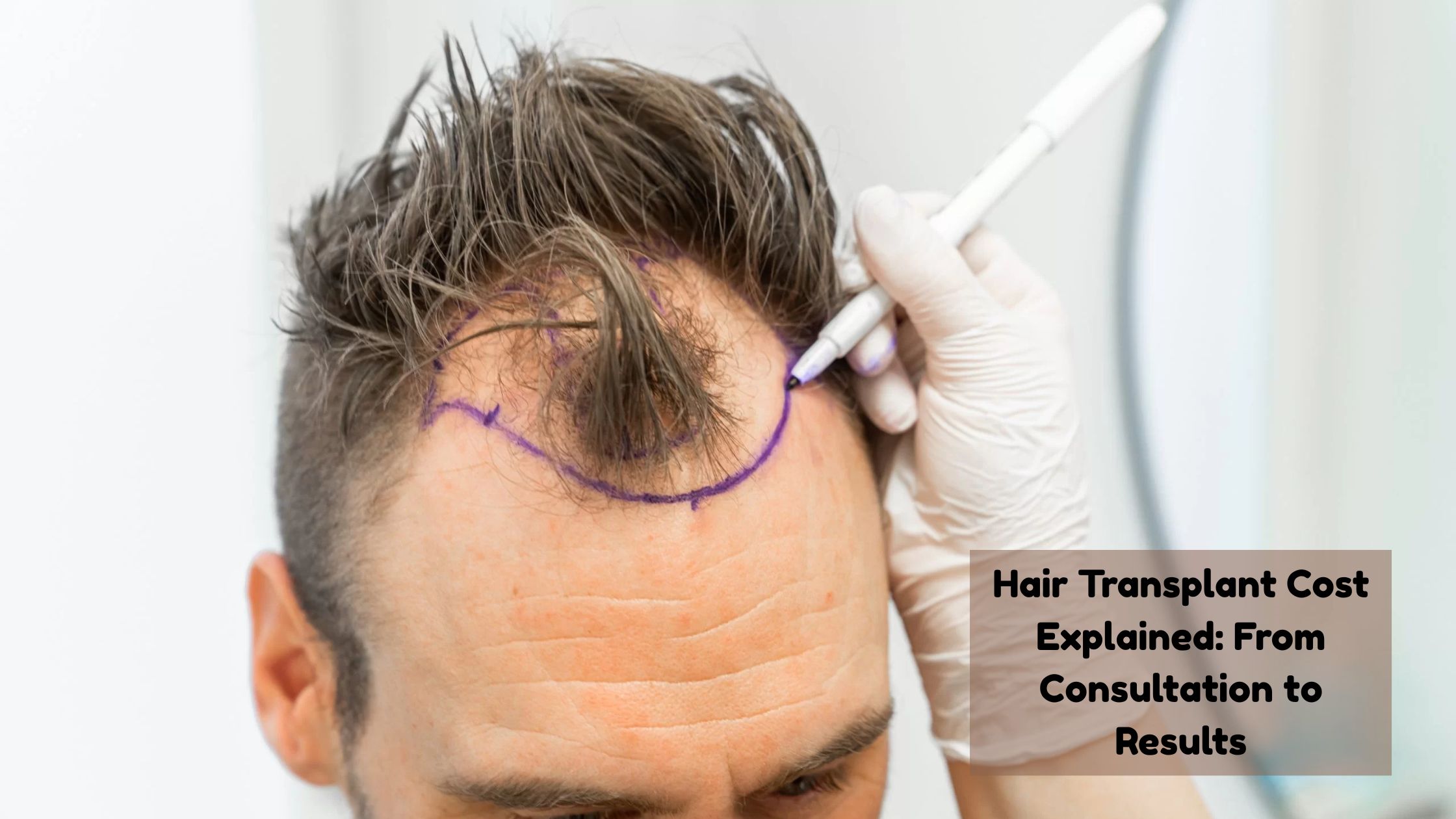Hair loss can deeply impact self-confidence and appearance, leading many to seek permanent solutions like hair transplants. While the procedure offers impressive results, one of the most frequently asked questions is: How much does a hair transplant cost? This article walks you through the entire journey—from your first consultation to final results—so you understand what you’re paying for and why.
Initial Consultation and Evaluation
The journey begins with a professional consultation, often with a board-certified hair transplant surgeon. This session helps assess the extent of your hair loss, determine your hair type and density, and identify the most suitable treatment method. Many clinics offer free initial consultations, while others may charge a nominal fee, especially in highly reputed centers.
During this phase, you’ll also learn about your candidacy for surgery. The surgeon will discuss goals, expectations, and how many grafts you may need—crucial factors that directly affect the hair transplant cost. Diagnostic tools such as scalp imaging and density measurement are often used for precision.
Key Factors Influencing Hair Transplant Cost
Understanding the key variables that influence cost can help you better prepare financially. One of the main determinants is the technique used. Follicular Unit Extraction (FUE) is generally more expensive than Follicular Unit Transplantation (FUT) due to its labor-intensive and minimally invasive approach.
Another major factor is the number of grafts required. A person needing 1,000 grafts will obviously pay less than someone needing 3,000. The surgeon’s expertise and clinic reputation also contribute to the price, especially if they have a long track record of success. Advanced technology, robotic assistance, or enhanced magnification tools may add to the overall hair transplant cost.
Pre-Operative Costs
Before surgery, patients may need blood tests, scalp biopsies, or even PRP (Platelet-Rich Plasma) therapy as a preparatory step. These services, while optional in some clinics, can raise the final cost. Prior to the surgery, you may also be given medications like antibiotics or anti-inflammatory drugs.
If you’re traveling to another city or country for medical tourism, you should also consider travel and accommodation expenses as part of your hair transplant cost planning.
Surgery Day: What’s Included in the Main Cost
The day of surgery involves multiple elements bundled into the final price. This includes the use of an operating room, surgical instruments, and the full attention of the surgeon and their trained staff. Grafts are carefully extracted (either manually or robotically) and implanted into the recipient areas with precision.
The price may also cover the use of anesthesia, post-operative garments like headbands or caps, and your stay in the clinic’s recovery area. It’s essential to confirm with your clinic exactly what’s included to avoid unexpected charges later.
Post-Operative and Recovery Expenses
Once the procedure is complete, the recovery phase begins. This usually involves pain management, aftercare kits, and follow-up appointments to monitor healing. The first 7–14 days are critical for graft survival, and your surgeon may recommend special shampoos, sprays, or medications to support this phase.
In some cases, patients may need minor corrective sessions or PRP therapy to enhance outcomes, which can contribute to the total hair transplant cost. Also, consider any time taken off work as an indirect cost of the recovery process.
Long-Term Results and Value for Money
Hair transplant results don’t show overnight. It can take up to 12 months for full results to become visible, depending on your growth cycle and the procedure type. When done by a skilled surgeon, the transplanted hair looks natural and grows like your original hair.
Considering the permanence of the results and the confidence boost that follows, many patients find that the hair transplant cost is a valuable investment in their well-being and personal image.
Average Hair Transplant Cost by Region
Globally, the price of hair transplants varies significantly. In the United States, the average cost ranges from $4,000 to $20,000 depending on location and clinic. Countries like Turkey and India offer more affordable packages, often including accommodations and airport transfers.
However, cost shouldn’t be your only deciding factor. Quality, safety standards, and surgeon expertise matter far more than saving a few hundred dollars.
Tips to Choose the Right Clinic for Your Budget
When selecting a clinic, transparency is key. Reputable clinics will offer a detailed breakdown of the hair transplant cost, including what’s covered and what’s not. Always check patient reviews, before-and-after photos, and ask about the clinic’s experience with your hair type and condition.
Beware of hidden charges or overly aggressive marketing that promises instant results at suspiciously low prices. You may make an informed choice with the help of a fair and well-documented consultation.
Conclusion
Understanding the full picture of your hair transplant cost—from the consultation phase through recovery and final results—allows you to approach the procedure with realistic expectations. While cost is an important factor, the ultimate goal is to restore confidence and achieve long-lasting, natural results. With careful research and the right surgeon, your investment in a hair transplant can pay off for years to come.



